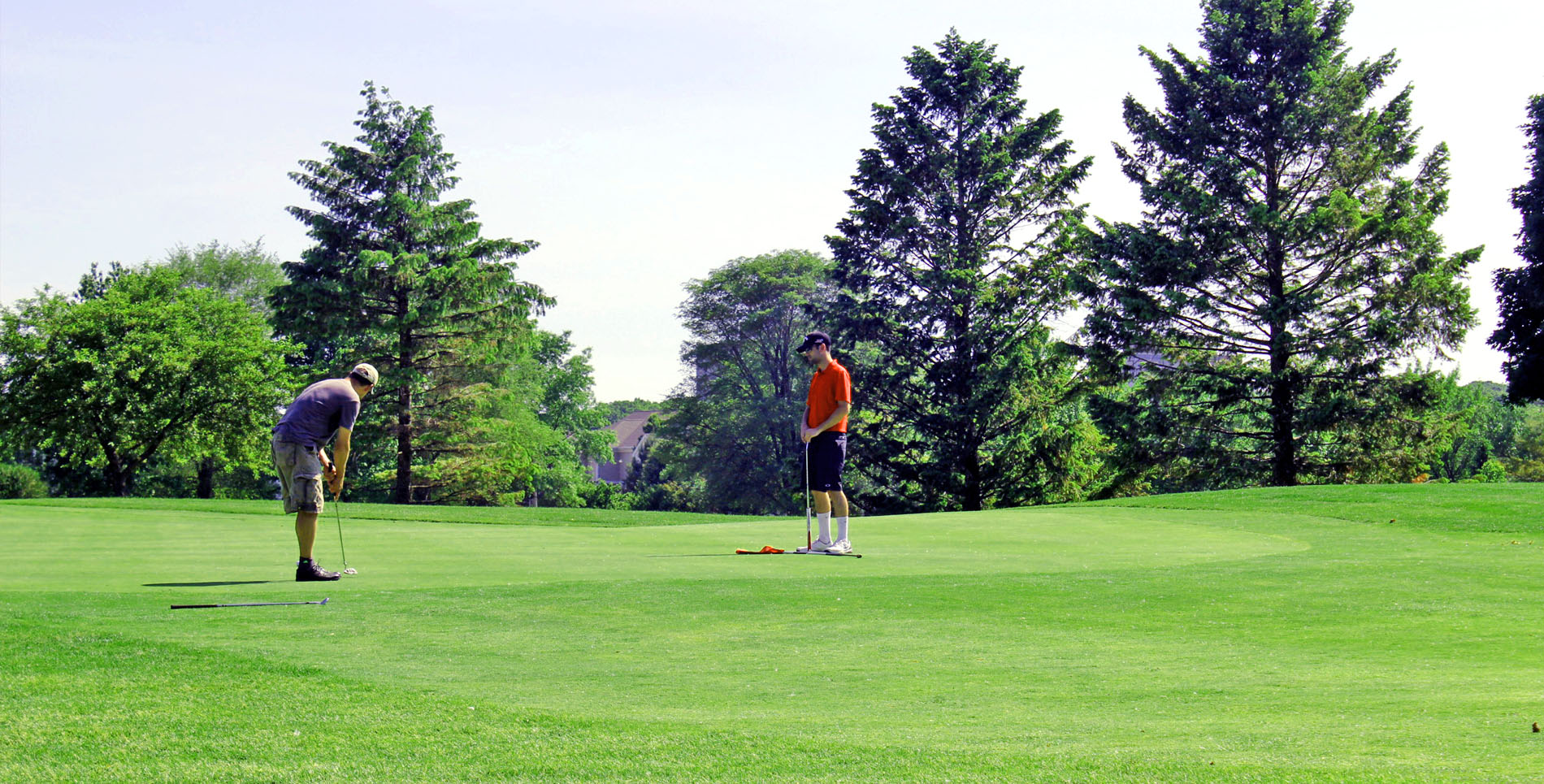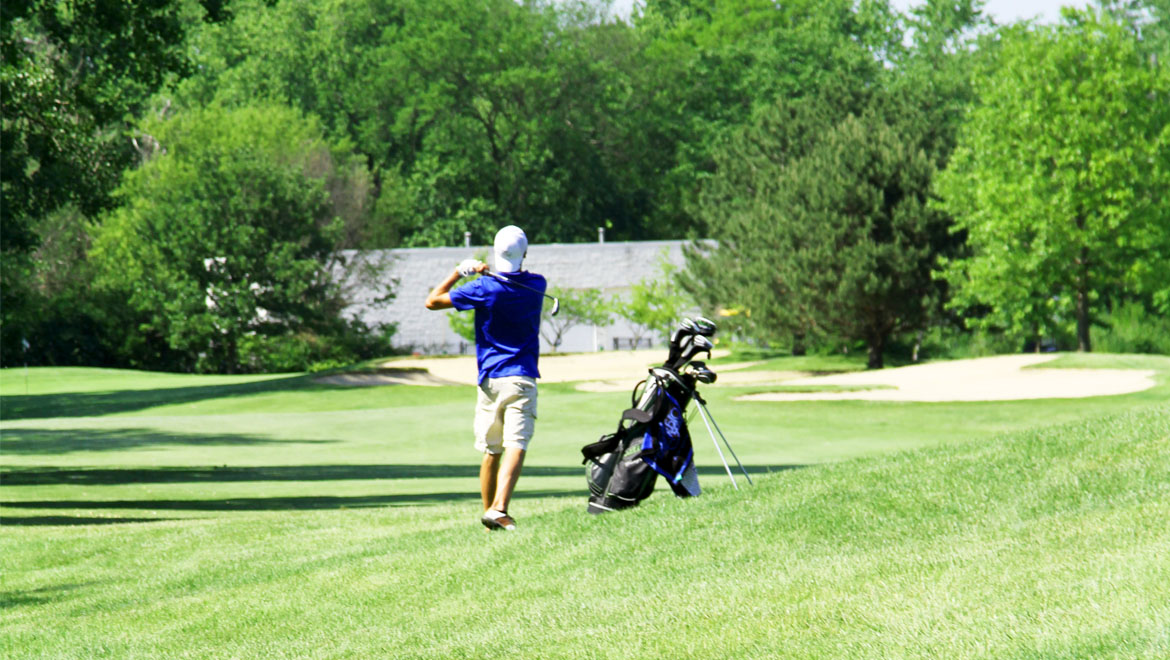How to Hit Your Hybrids Effectively
When the first long-iron hybrids came on the scene in the mid to late 90's they were a saving grace for many golfers who had a tough time hitting their longer irons. The added forgiveness on off-center hits combined with the higher-launching, softer-landing flight helped drive hybrid technology for the next two decades. Today, however, many of the most popular hybrids have in many ways morphed into clubs that look and perform more like fairway woods than the long irons they were designed to replace. As such, in the past few years an odd thing has occurred – many golfers are opting for higher-lofted fairway woods or even migrating back to longer irons and passing up on the hybrids altogether. And, while that may be a good idea for some, the fact remains that hybrids, if utilized correctly, continue to be one of the easiest category of clubs to hit in many amateurs' bags.
...the fact remains that hybrids, if utilized correctly, continue to be one of the easiest category of clubs to hit in many amateurs' bags
The two most common issues I hear from students regarding their hybrids are that they have become difficult to get off the ground and that they tend to hook left more than the rest of their set. For most players, both of these tendencies are rooted in the same cause – the clubhead is traveling up into the ball too early in the downswing. Because many group the larger-headed hybrid head into the "fairway wood swing" category, many players are playing the ball more forward than necessary and hanging back behind the ball in an effort to "pick it" off the turf. In reality, if you approach the hybrids more like you would your 6-iron (ball just left of middle and weight centered to even slightly left) you'll be able to ensure the clubhead is still traveling downward when the ball is struck. Give these concepts a shot and see if you can increase the utility of your hybrids!




